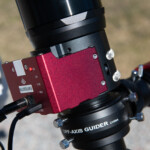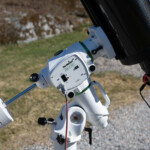Descriptions are found by the pictures.
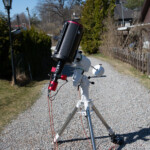
8″, f/8, focal length 1624mm Ritchey-Chrtien reflector telescope with carbon tube (RC8)
The TS-Optics GSO 8″ Ritchey-Chrtien Pro RC telescope with carbon tube is primarily used for deep sky photography of e.g. galaxies.
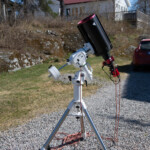
8″, f/8, focal length 1624mm Ritchey-Chrtien reflector telescope with carbon tube (RC8)
The TS-Optics GSO 8″ Ritchey-Chrtien Pro RC telescope with carbon tube is primarily used for deep sky photography of e.g. galaxies.
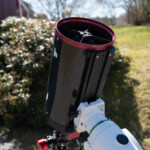
8″, f/8, focal length 1624mm Ritchey-Chrtien reflector telescope with carbon tube (RC8)
The TS-Optics GSO 8″ Ritchey-Chrtien Pro RC telescope with carbon tube is primarily used for deep sky photography of e.g. galaxies.
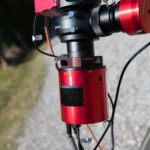
ZWO ASI 2600MC Pro color CMOS camera
The ASI 2600MC Pro uses Sony’s back-illuminated IMX571 APS-C format sensor with a native 16-bit ADC. The imaging area is 23.5*17.5mm with a resolution: of 26 Mega Pixel (6248*4176) and a pixel size of 3.76μm.
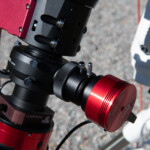
Off Axis Guider (OAG) and guide camera
The guide signal is captured with a Celestron Off Axis Guider (OAG) attached to the optical tube and a ZWO ASI 432MM monochrome guide camera. The 432MM camera has a 1.1″ CMOS Sony-IMX432LLJ-C sensor with 1.77Mega Pixels (1608*1104) and pixel size: 9µm.
